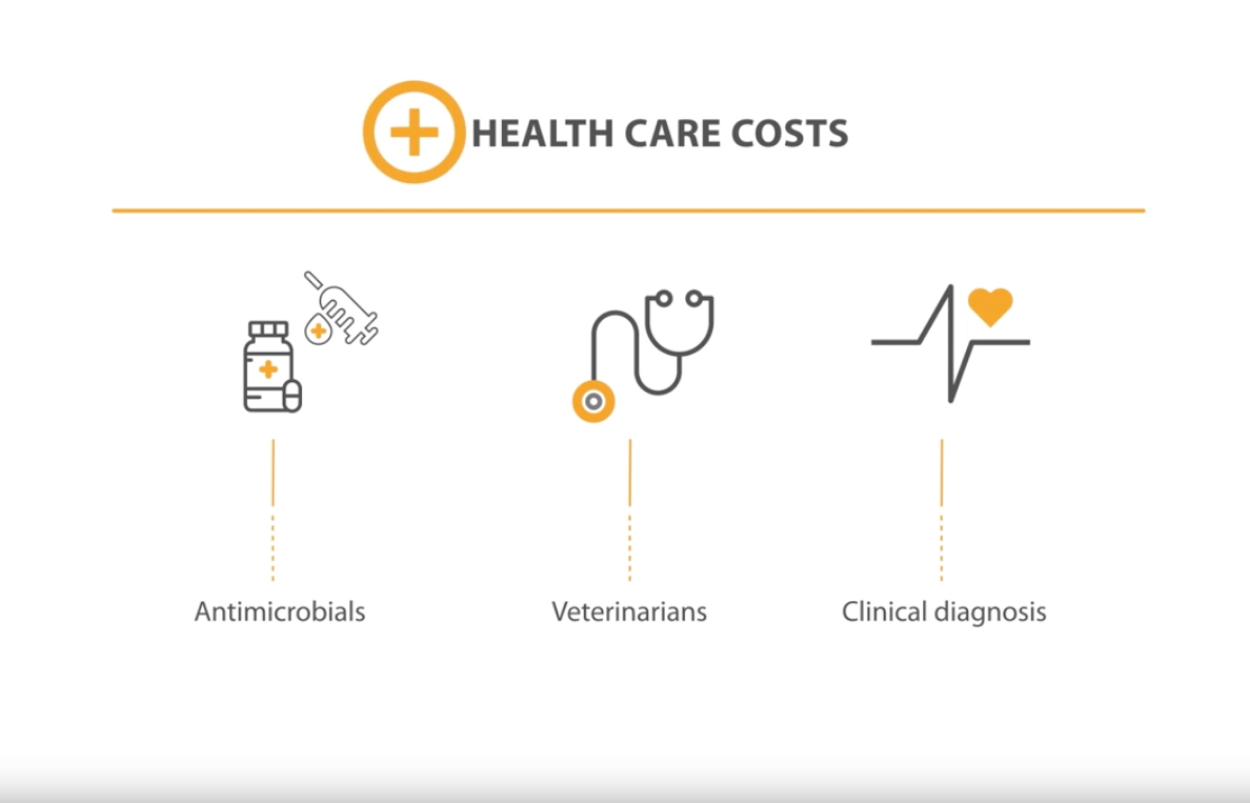
The Disease
Treatment of ileitis
Ileitis outbreaks must be treated immediately to reduce losses
Discover the best way to control the ileitis
There are two distinct scenarios that have to be considered regarding a significant ileitis clinical presentation in a herd.
ACUTE FORM
The first scenario is when you are having an outbreak with significant clinical signs characterized by diarrhoea and mortality.
This situation is mostly observed in herds with the acute or haemorrhagic form of the disease. Once the diagnosis of the disease has been confirmed, based on clinical-pathological findings, an aggressive medication protocol must be implemented.
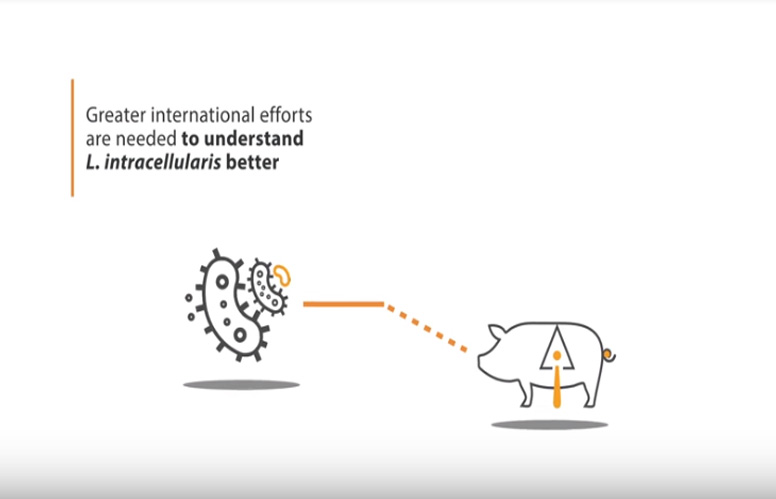
History and Etiology of ileitis
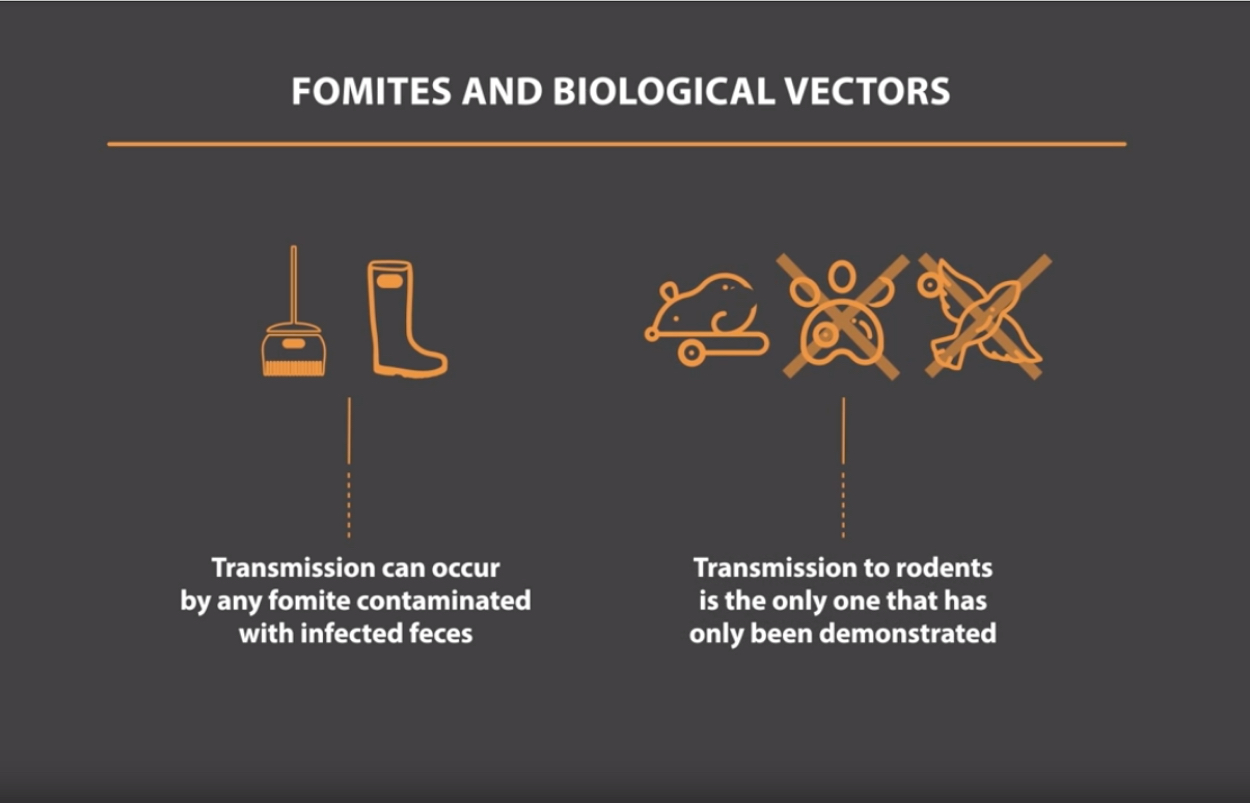
Epidemiology of ileitis
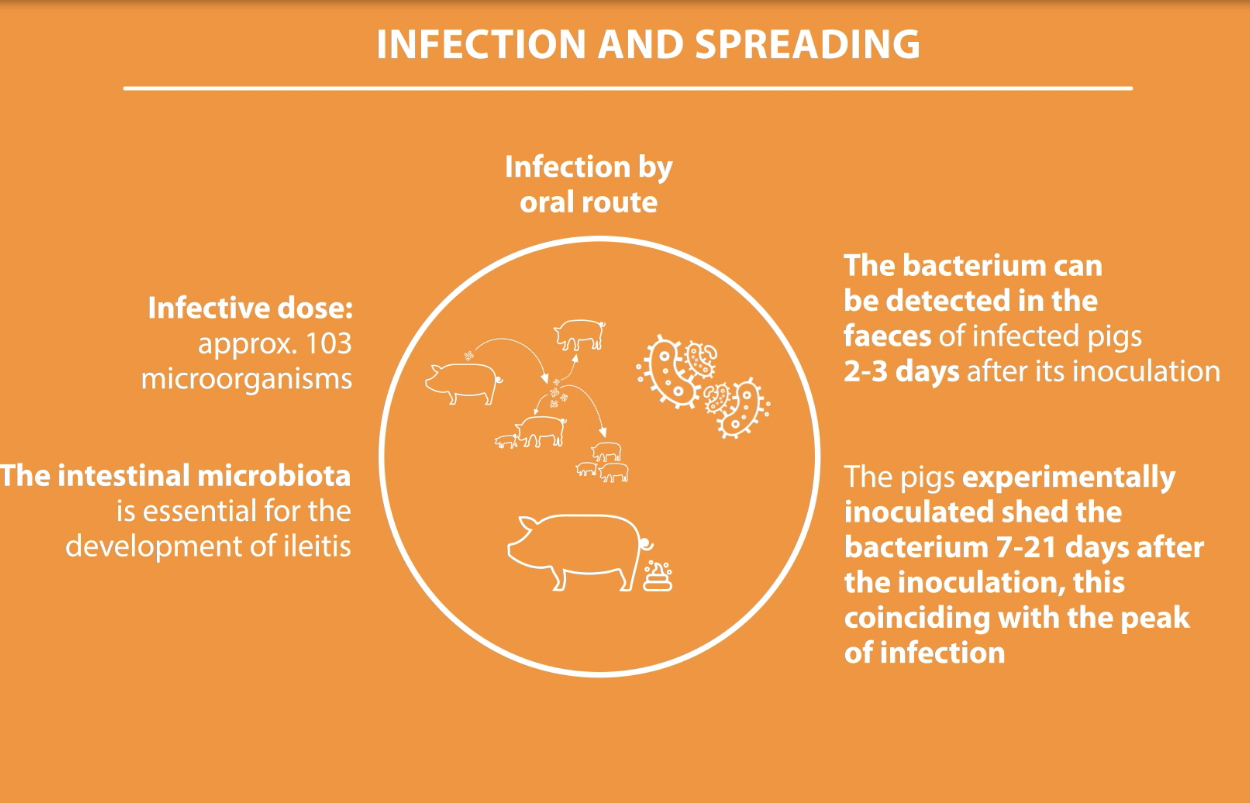
Pathogenesis of L. Intracellularis
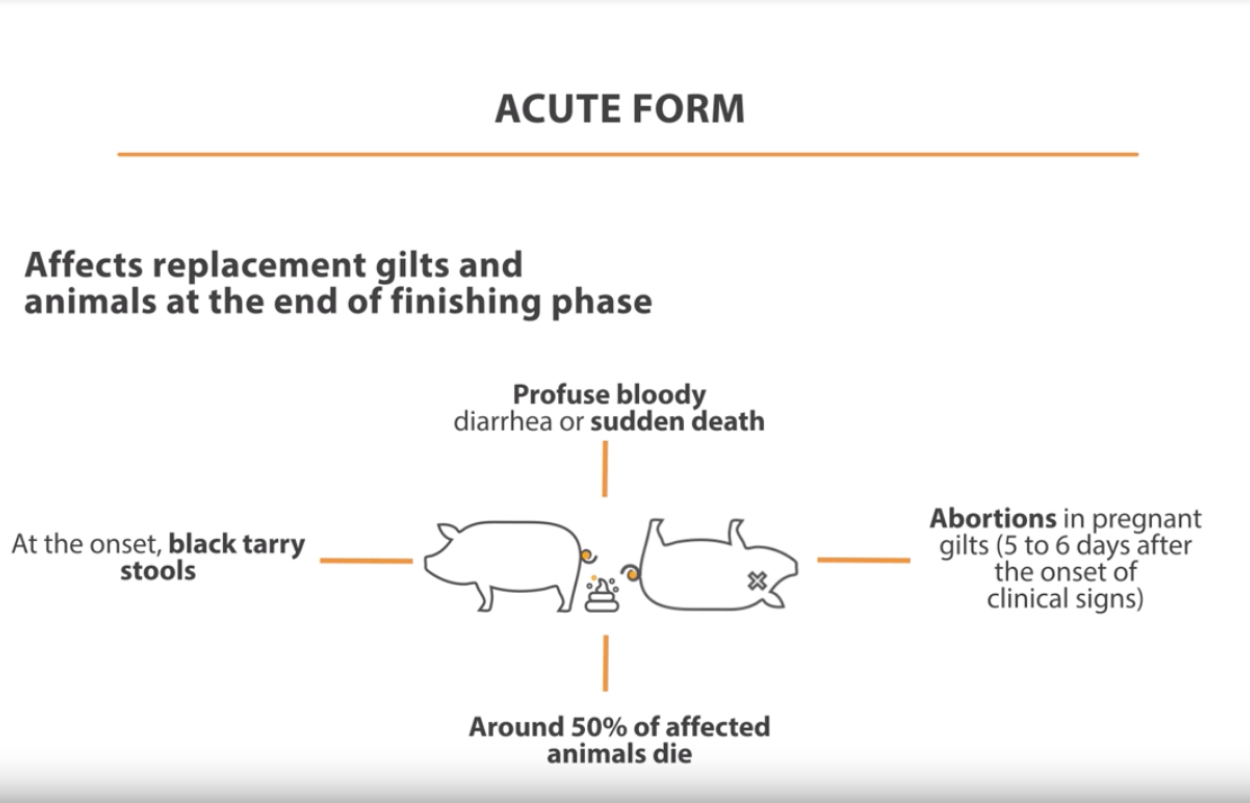
Clinical signs and forms of ileitis
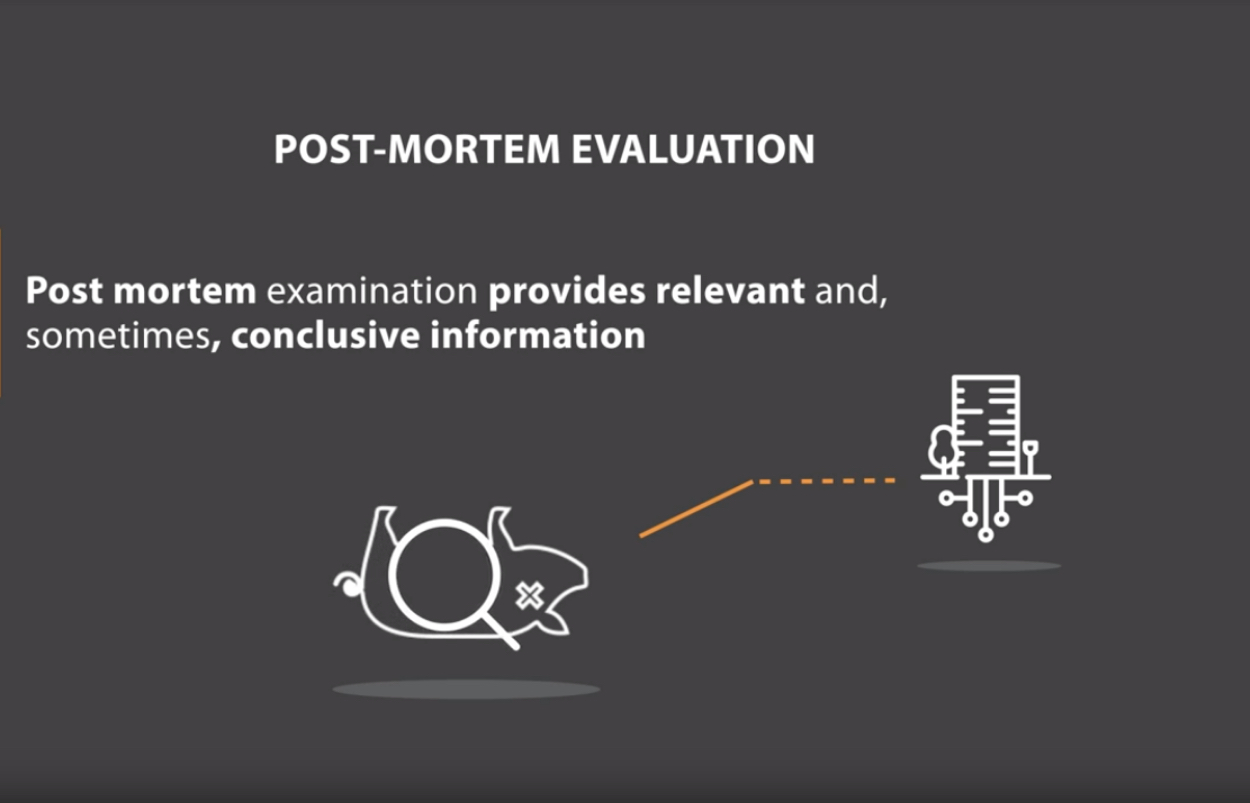
Diagnosis of ileitis
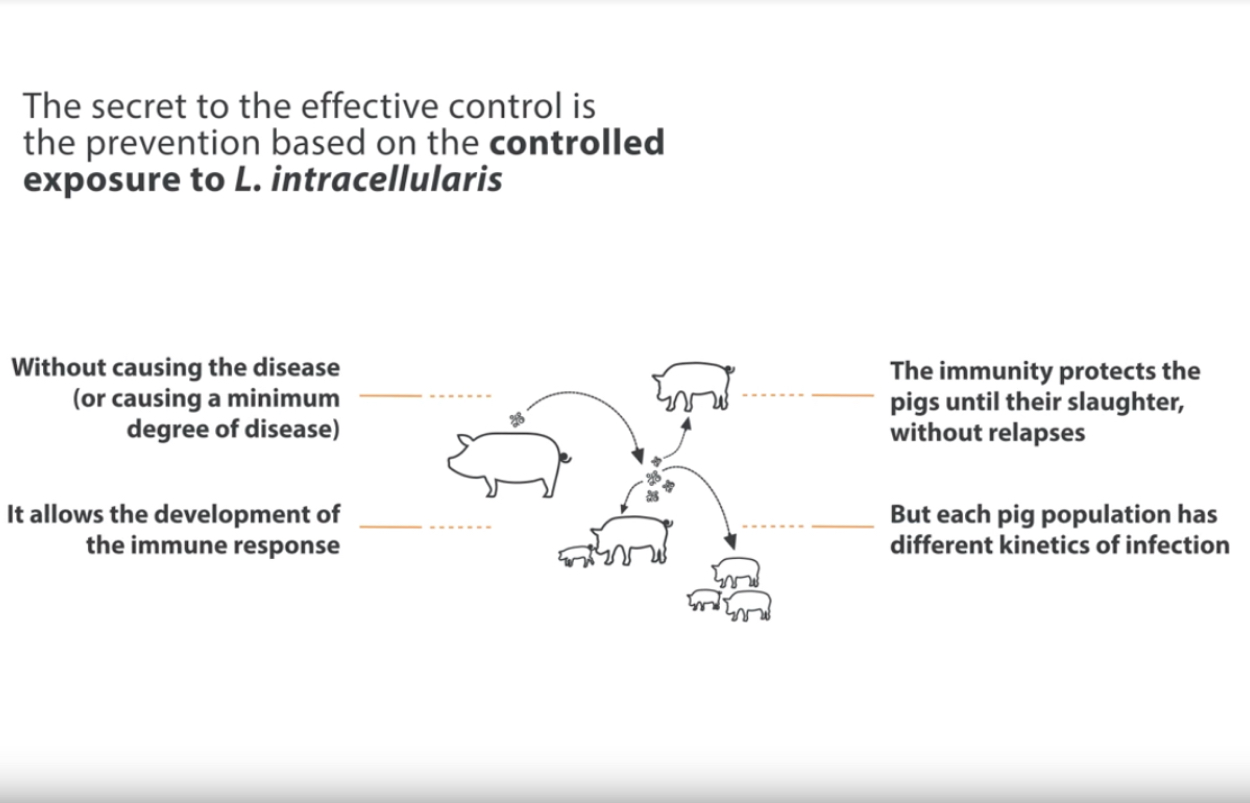
Prevention of ileitis
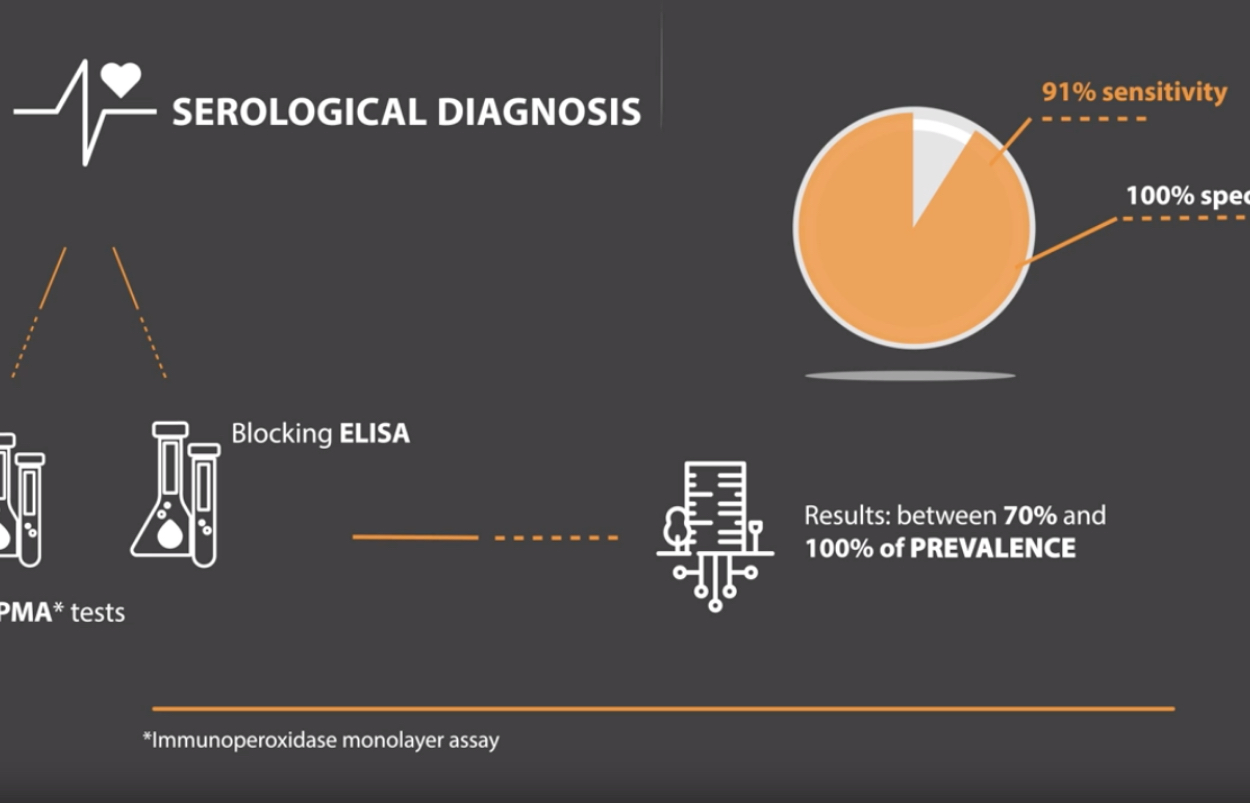
Prevalence of ileitis
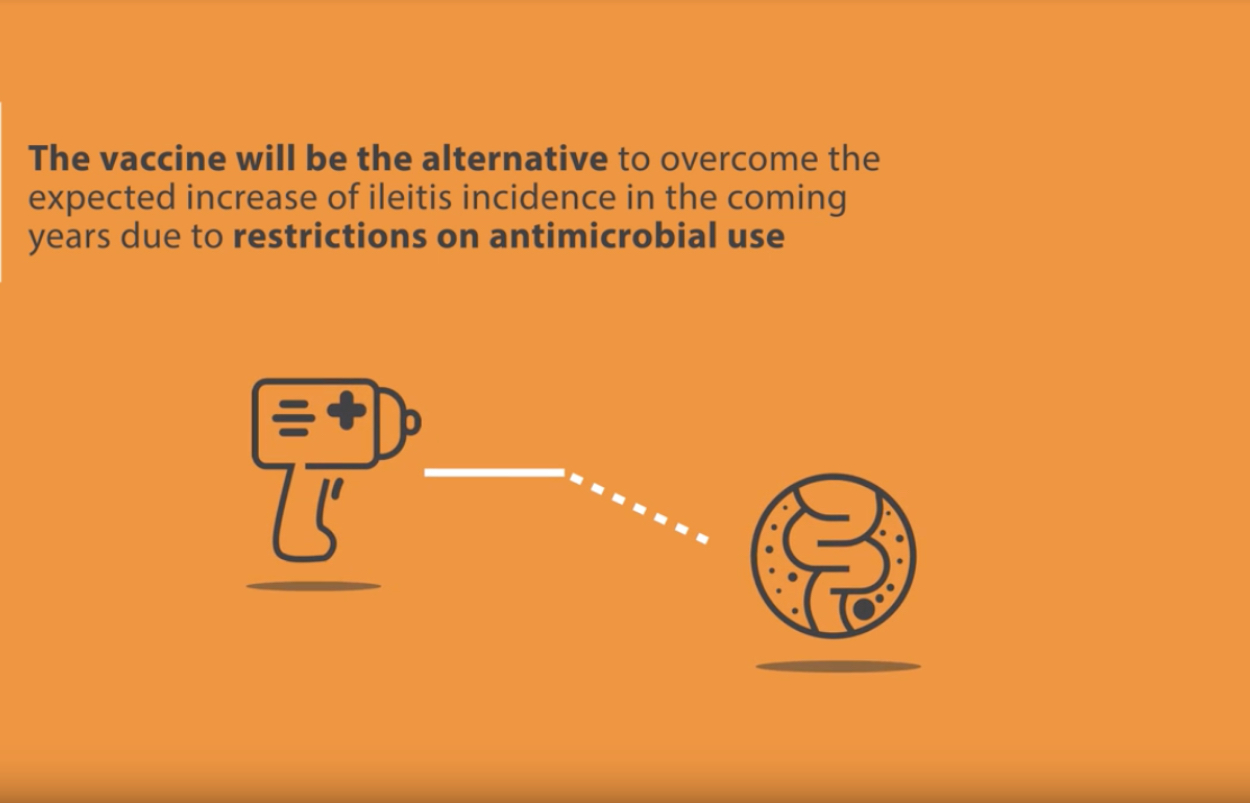
Potential impact of the reduction of antibiotics
